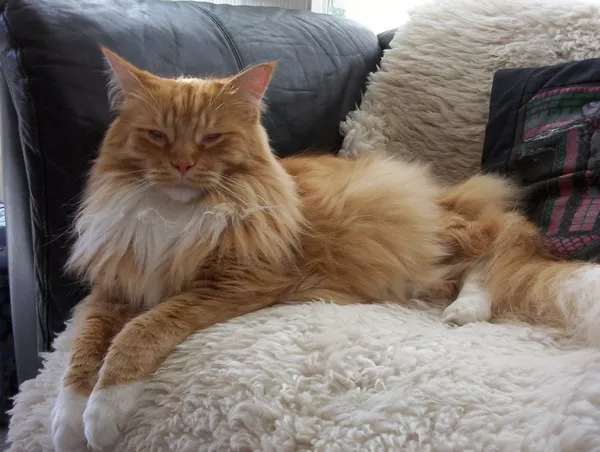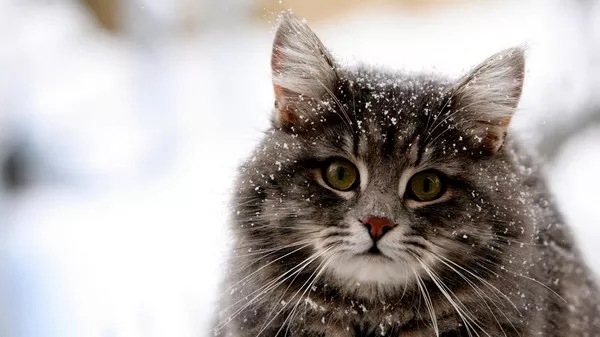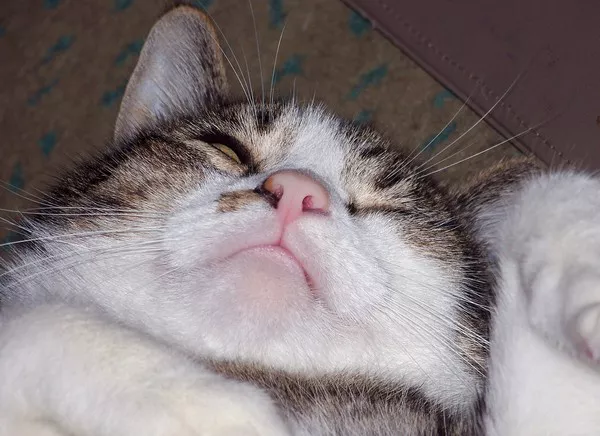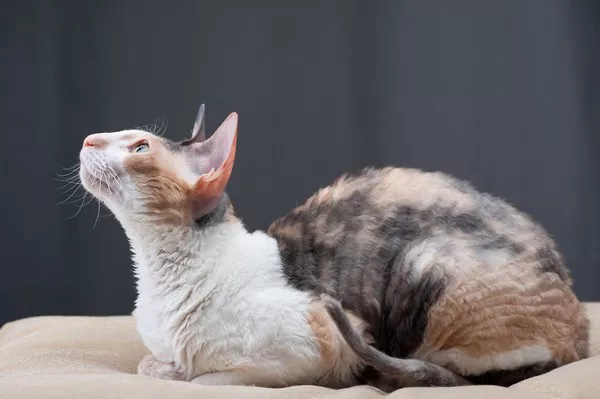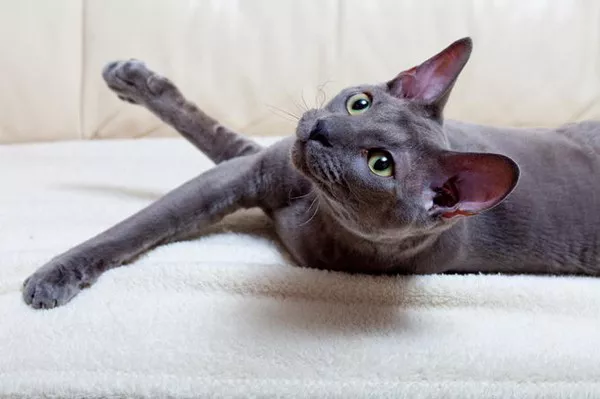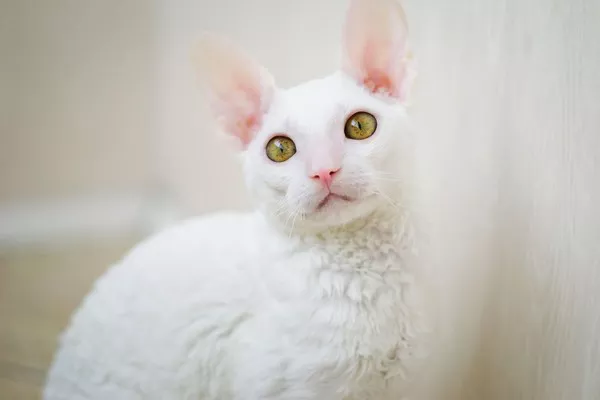American Shorthair cats are beloved companions known for their friendly demeanor, sturdy build, and low-maintenance care requirements. While these feline friends bring joy and companionship to countless households, many cat enthusiasts may wonder about the specifics of their reproduction, including litter sizes. In this comprehensive guide, we delve into the fascinating world of American Shorthair litters, exploring factors that influence litter size, typical litter sizes, and essential considerations for cat owners.
Understanding Feline Reproduction
Before delving into the specifics of American Shorthair litters, it’s essential to understand the basics of feline reproduction. Female cats, known as queens, are polyestrous, meaning they experience multiple heat cycles throughout the breeding season. During each heat cycle, which typically occurs every 2-3 weeks, the queen is receptive to mating and can become pregnant.
Male cats, known as toms, play a crucial role in the reproductive process by mating with receptive queens. Once fertilization occurs, the queen undergoes a gestation period, which typically lasts between 63 to 67 days, before giving birth to a litter of kittens.
Factors Influencing Litter Size
Several factors can influence the size of an American Shorthair litter, including:
Age and Health of the Queen: Younger queens may have smaller litters during their first few pregnancies, while older queens may have larger litters. Additionally, queens in optimal health are more likely to produce larger litters than those with underlying health issues.
Genetics: Genetic factors play a significant role in determining litter size. Some lines of American Shorthair cats may have a genetic predisposition to larger or smaller litters based on their breeding history.
Nutrition: Adequate nutrition is essential for reproductive success in cats. Queens fed a balanced diet rich in essential nutrients are more likely to produce healthy litters with optimal sizes.
Stress Levels: High levels of stress or anxiety can impact a queen’s reproductive health and may result in smaller litter sizes. Providing a calm and supportive environment during pregnancy can help minimize stress and promote healthy kitten development.
Breeding Practices: The timing and frequency of mating attempts can influence litter size. Proper breeding practices, including timing mating sessions to coincide with the queen’s fertile period, can maximize the chances of conception and larger litter sizes.
Typical Litter Sizes for American Shorthair Cats
While litter sizes can vary widely among individual cats, American Shorthair queens typically give birth to litters ranging from 3 to 6 kittens. However, it’s essential to note that outliers exist, and some queens may produce larger or smaller litters depending on various factors.
In general, first-time queens and older queens may have smaller litters, while experienced queens in optimal health may produce larger litters. Additionally, genetic factors, environmental conditions, and breeding practices can all influence litter size.
Essential Considerations for Cat Owners
For cat owners expecting a litter of American Shorthair kittens, there are several essential considerations to keep in mind:
Prenatal Care: Providing proper prenatal care for the pregnant queen is essential for ensuring the health and well-being of both the mother and her kittens. This includes regular veterinary check-ups, a balanced diet, and monitoring for any signs of complications.
Whelping Environment: Creating a comfortable and safe whelping environment for the queen is crucial for a successful birthing experience. A quiet, secluded area free from distractions can help minimize stress and promote bonding between the queen and her kittens.
Monitoring the Birth Process: During the birthing process, it’s essential to monitor the queen closely for any signs of distress or complications. While most queens are capable of giving birth without assistance, intervention may be necessary if complications arise.
Postnatal Care: After the kittens are born, providing postnatal care for both the queen and her offspring is vital. This includes ensuring proper nutrition for the queen, monitoring the health and development of the kittens, and providing appropriate veterinary care as needed.
Socialization and Adoption: As the kittens grow, proper socialization is essential for ensuring they develop into well-adjusted adult cats. Cat owners should begin handling and interacting with the kittens from an early age to promote positive socialization experiences. Additionally, finding loving homes for the kittens through adoption or responsible breeding practices is essential for their long-term well-being.
Conclusion: Celebrating the Miracle of Life
American Shorthair cats are remarkable creatures with a rich history and distinctive characteristics. While their reproduction may seem mysterious at times, understanding the factors that influence litter size can help cat owners prepare for the arrival of new kittens and provide the best possible care for their feline companions.
By providing proper prenatal care, creating a supportive birthing environment, and ensuring postnatal care for both the queen and her kittens, cat owners can celebrate the miracle of life and enjoy the journey of raising a litter of American Shorthair kittens. With love, patience, and dedication, each new litter represents a testament to the enduring bond between humans and their beloved feline friends.


